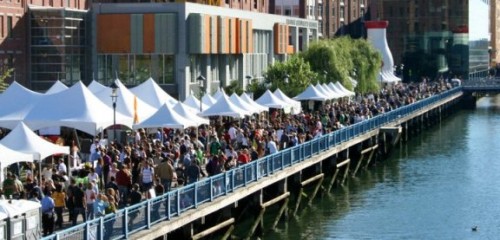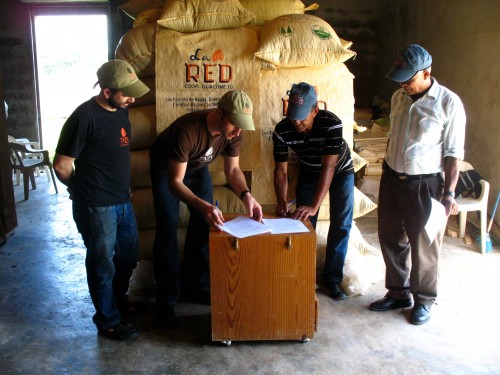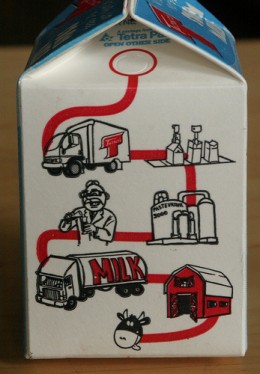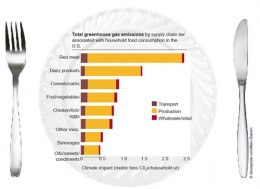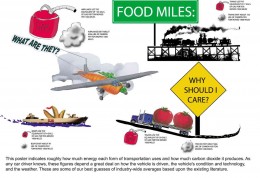(Originally posted on the Boston Local Food Festival 2011 blog)
By Danielle Kennedy
You may not realize it, but the local movement is at a critical moment in its development. As buying locally increases in popularity across the country, skeptics want to say it’s simply the next big passing thing in food. This is the point when a movement is in danger of losing its credibility by “selling out,” and that’s what can kill it. Will the buy local movement go the way of so many failed ideologies, and be written off as a mere cultural trend in the history books?
Not if the Sustainable Business Network of Greater Boston has anything to say about it! SBN’s Boston Local Food Festival, which is expected to attract as many as 50,000 attendees this year, is back to bring local values to the masses. However, the BLFF doesn’t mainstream it with a watered-down message. Never accepting corporate sponsorship or vendors, BLFF has become huge on the shoulders of only local, independent businesses and organizations. BLFF also ups the sustainable ante by aiming to be a Zero Waste event. I’ve been to “green” events that didn’t even have recycling receptacles!
Events like this are so important to the movement. When you work within a small organization like Somerville Local First, it’s reassuring to go to a big festival and see that our supporters number in the thousands. BLFF is successful at converting new locavores because it truly has something for everybody. At last year’s inaugural celebration, activities ranged from DIY chicken farming to Post Secret-esque community art project Stir a Memory. And with free admission and the sample plates costing a mere $5 at most, BLFF has concocted a great way to introduce the “it’s too expensive” naysayers to local food on the cheap.
How has the BLFF become such a wide-reaching event without giving in to corporate pressure? “It has not been easy, but so far we have managed to do so for our first 2 years,” says Nicola Williams, President of The Williams Agency and producer of BLFF. “The success of the event is also due to partnerships and relationships we have developed with local businesses, local media, and nonprofit partners who share our organization’s values. If we succeed, they succeed.” The key to a strong local economy is the connections made between businesses. When everyone has a stake in the outcome, they will do more to ensure it thrives.
For a movement that is working its way from the bottom up in grassroots fashion, it would be so easy to give in and just take the money (and money is hard to come by for us small-scale nonprofits). The fact that a local festival like this one has grown into such a huge event without taking shortcuts shows that people are actually being to realize that our current consumption patterns are just not sustainable.
The media has been touting the local movement as a fad ever since it started to really gain prominence around 2007. But the movement is still going strong. Localism is not a new concept, and it is gaining prominence now because we have come to a point where we HAVE to change our ways. So, amidst the grand ol’ time you’ll inevitably have at BLFF on October 1, remember the festival is also an ample learning opportunity. Spread the knowledge and the fun, and stay local, folks!
Get your foodie self prepared for fall and spend the day at the Boston Local Food Festival on Oct. 1, 11am-5pm. Get your tickets to the craft beer tasting, then sign up as a festival volunteer and do your part for the local movement (or do it for the freebies!).

